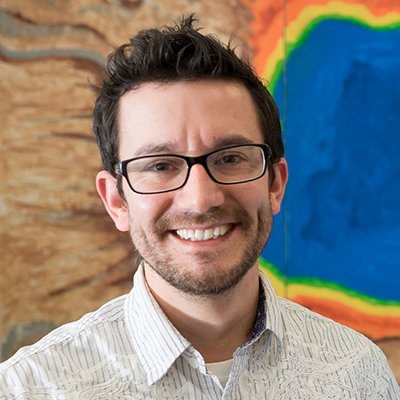Recreating an important moment on the evolutionary timescale
A new project is underway that could help researchers have a better understanding of an important piece of Earth’s evolutionary history.

Plants have been making their own food for millions of years through photosynthesis. Photosynthesis takes place within an organelle of plants and algae known as the chloroplast, which is a vital piece of cellular machinery that has made life on Earth as we know it possible.
Evidence has shown that the chloroplast evolved 2.1 billion years ago through endosymbiosis, wherein one organism lives inside another. A single-celled organism engulfed cyanobacteria, a photosynthetic bacteria. Having one organism living within another creates a working relationship known as endosymbiosis. From there, evolutionary processes that are largely unknown converted the free-living cyanobacterium into the modern chloroplast we see in plants and algae.
A new project aims to recreate the engulfment of cyanobacteria, to gain insight into the process and to how this partnership is maintained. This research is important to understanding a new frontier of bioengineering. If researchers can better understand why these organisms work well together, the knowledge could be applied to other areas of bioengineering, like the creation of sustainable biofuels.
This project is an international collaboration between three researchers with differing expertise: Daniel Ducat from the Michigan State University-Department of Energy Plant Research Laboratory, or PRL, Johan Decelle from the French National Centre for Scientific Research and Dietrich Kohlheyer from the Jülich Research Center.

“We have to be a little bit generous in our interpretation, because obviously we're not able to take a time machine back,” said Ducat, a professor in the PRL and the Department of Biochemistry and Molecular Biology. “A fundamental question is: What kinds of processes or what kinds of partners were the best suited for one another that could have given rise to the chloroplast over time?”
In order to accomplish this, the team is turning to Paramecium bursaria, a relatively obscure single-celled organism that can engulf algae and cyanobacteria. The researchers are investigating what happens when engineered cyanobacterial strains are introduced into bursaria – mainly, how they survive and contribute to the fitness of their new host over time.
The team is not trying to recreate the chloroplast; instead, they are looking at key features or environmental conditions that might be necessary to make cyanobacteria go from a temporary renter to a full-time resident in the condominium that is bursaria.
The second question of the project is one of synthetic biology and engineering. Bursaria is already primed to take in a renter, but what makes it able to do so? The researchers will explore how other organisms might become landlords to their own symbionts.

Researchers are also interested in creating engineered communities of microorganisms. This involves bringing multiple microbial species together that each have specializations, but which cooperate towards a common goal. The research may also answer long-held questions about the nature of endosymbiosis.
The project brings together three labs from different countries, each with compatible but distinct areas of expertise. Johan Decelle has expertise in the organism Paramecium bursaria and advanced visualization techniques. Dietrich Kohlheyer has expertise in microfluidic devices. Daniel Ducat is the cyanobacteria expert on the project.
“My experience of science is that the best projects are ones that are done at the interface,” Ducat said. “We often get in our own silos where we're pursuing our individual research projects. But often when you have more than one group coming together with different expertise, they are each bringing their own perspective and talents in a way that's going to build something much greater than the sum of its parts.”
This project is made possible by a grant from the Human Frontier Science Program, a unique program that encourages international collaborations in innovative research using novel approaches.